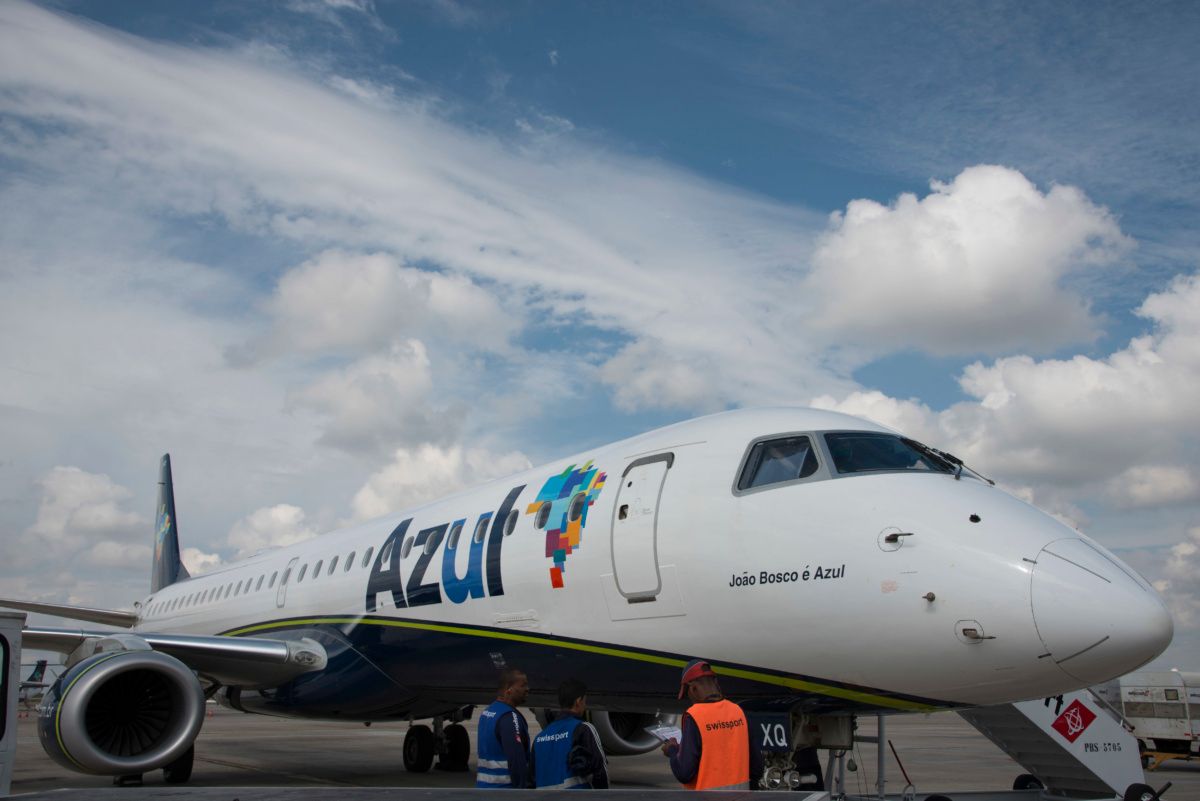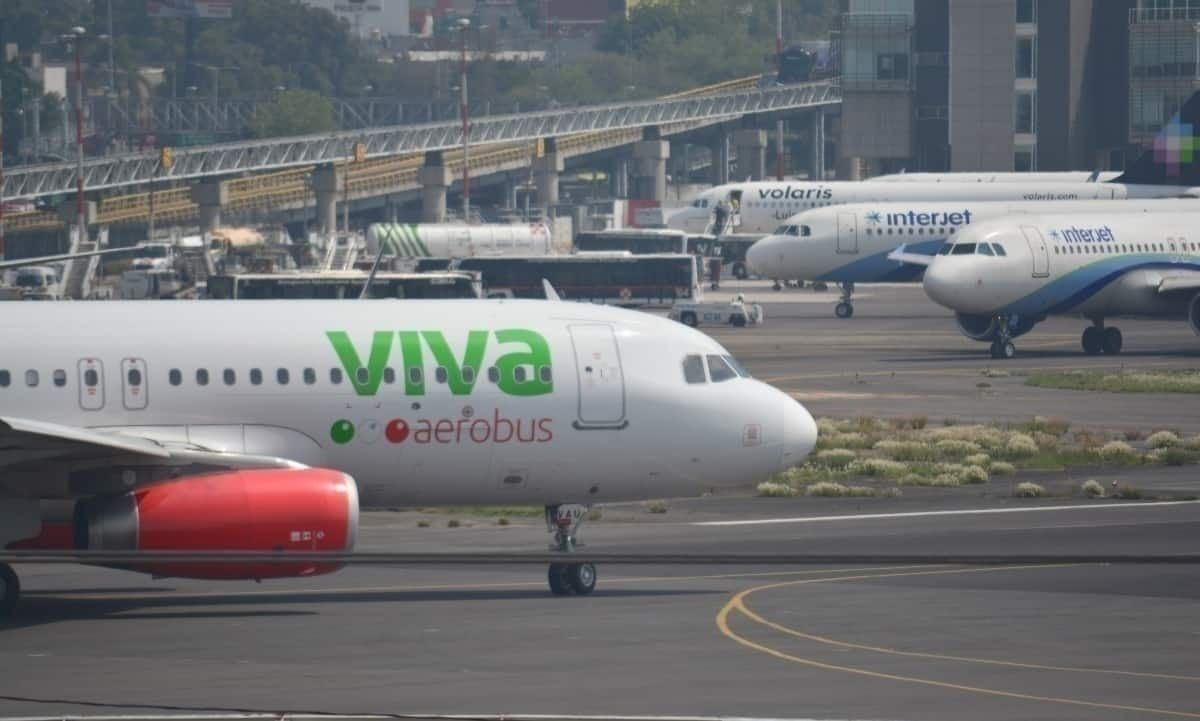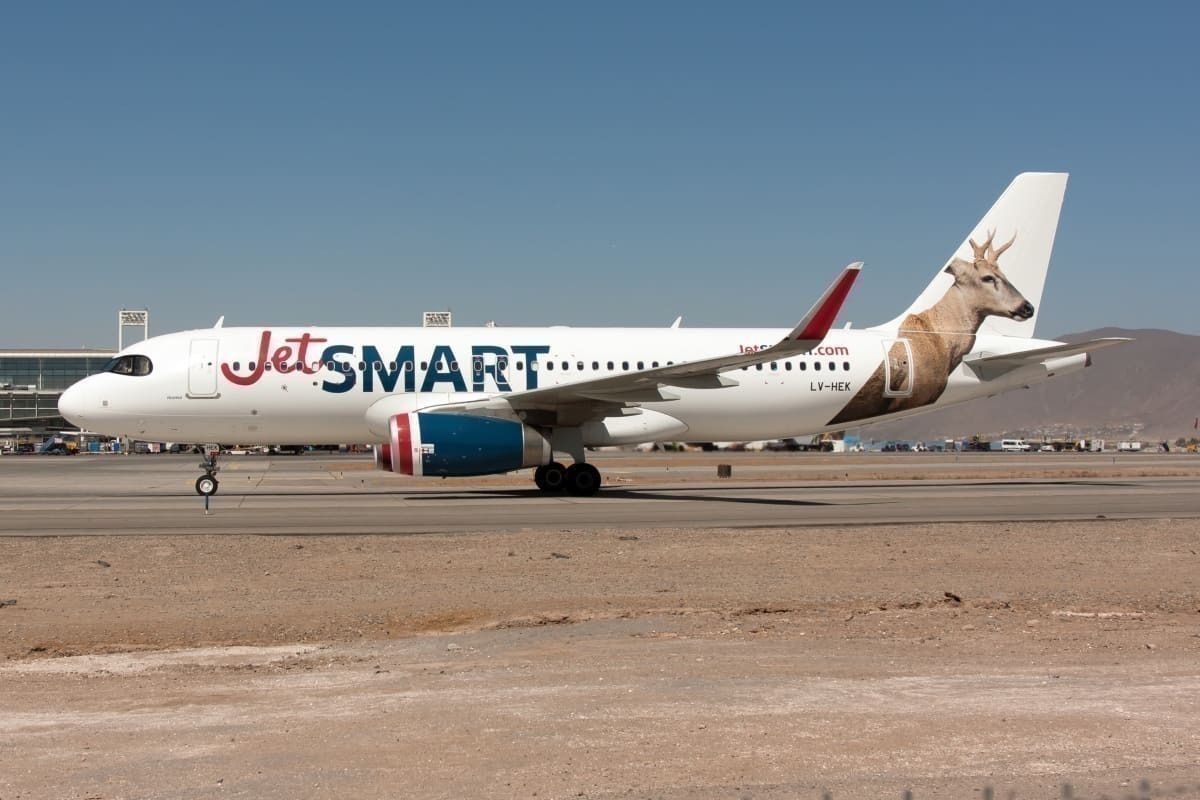In recent years, low-cost carriers have boomed in Latin America. New airlines embracing this business model have come and gone, such as Norwegian Argentina, while others are growing strong, like Viva Air Colombia and Sky Airline. But, which low-cost carrier is the largest in the region? Let’s find out.
Low-cost carriers in Brazil
Brazil has three top airlines, of which two could be recognized as low-cost carriers. Azul and GOL Linhas Aereas are both low-cost airlines.
By the size of its fleet, Azul is the largest low-cost operator in Latin America. It has 147 aircraft, including 33 ATR, 54 Airbus, two Boeing 737, and 58 Embraer.
Meanwhile, GOL would be the second-largest low-cost in the region, with a fleet of 127 airplanes. Like Southwest in the US, GOL is a single type operator and has a fleet of Boeing 737 aircraft.
In terms of the number of passengers, the data is more tricky. Azul doesn’t report the exact number of travelers it has monthly. According to John Rodgerson, the airline’s CEO in 2019, Azul increased its total capacity by 22.2%.
Meanwhile, GOL transported 36.4 million passengers, a growth of 9.1% in comparison with 2018. Between GOL, LATAM Brazil, the now-defunct Avianca Brazil, and Azul transported 104.4 million passengers in 2019.
By the end of the year, GOL led the domestic market share with 38.6%, while Azul had 23.3%. The international market share was dominated by LATAM (65.5%), followed by Azul (22.5%) and GOL (12%).
Both Azul and GOL go toe to toe in the race of being the largest low-cost carrier in Latin America.
Nevertheless, the Brazilian air industry is a tough place for low-cost carriers. Last year, the Brazilian Government announced its intention of attracting more low-cost carriers.
Low-cost carriers in Mexico
During the last decade, the Mexican aviation market has had four key players: Aeromexico, Volaris, Interjet, and Viva Aerobus. Aeromexico is a legacy airline, Volaris and Viva are true low-cost carriers, while Interjet is a mix of both.
If GOL and Azul are one and two in terms of the largest low-cost airlines in the region, Volaris and Viva are three and four.
As of September 2020, Volaris has a fleet of 79 Airbus A320 family aircraft. Likewise, Viva Aerobus has 38 Airbus A320 family airplanes. Amid the current crisis, both airlines have grown. Volaris has become the most important domestic operator in Mexico. Viva is the third airline after the fallout of Interjet. For example, in August, for the first time in its history, Viva Aerobus carried more passengers than Aeroméxico.
According to Government data, in 2019, Volaris transported 20.3 million passengers. Meanwhile, Viva had 11.2 million passengers.
Finally, if we recognize Interjet as a low-cost carrier, those three airlines had 70% of the country’s domestic passengers in 2019.
Low-cost carriers elsewhere
There are more low-cost airlines in Latin America. Nevertheless, those carriers are smaller but with great potential. As CAPA said,
“The low-cost evolution in Latin America is still unfolding, with countries in the region experience different stages of LCC development.”
For example, in Chile, two low-cost carriers (Sky and JetSmart) dominated 40.1% of the domestic market share.
Argentina had, in 2019, three low-cost carriers: Flybondi, Norwegian Argentina, and JetSmart. As we know, Norwegian ceased its operations in the South American country after less than a year.
Meanwhile, Colombia has Viva Air, a low-cost operator that has been growing a lot lately. Last year, it had a 14% domestic market share, narrowing the gap with LATAM (18%).
Finally, in February, the Peruvian Association of International Air Transport Carriers said that low-cost airlines had potential. It is expected that low-cost airlines will take up to 30% of the market share in Peru.
Have you traveled with any low-cost carrier in Latin America? Let us know in the comments.



